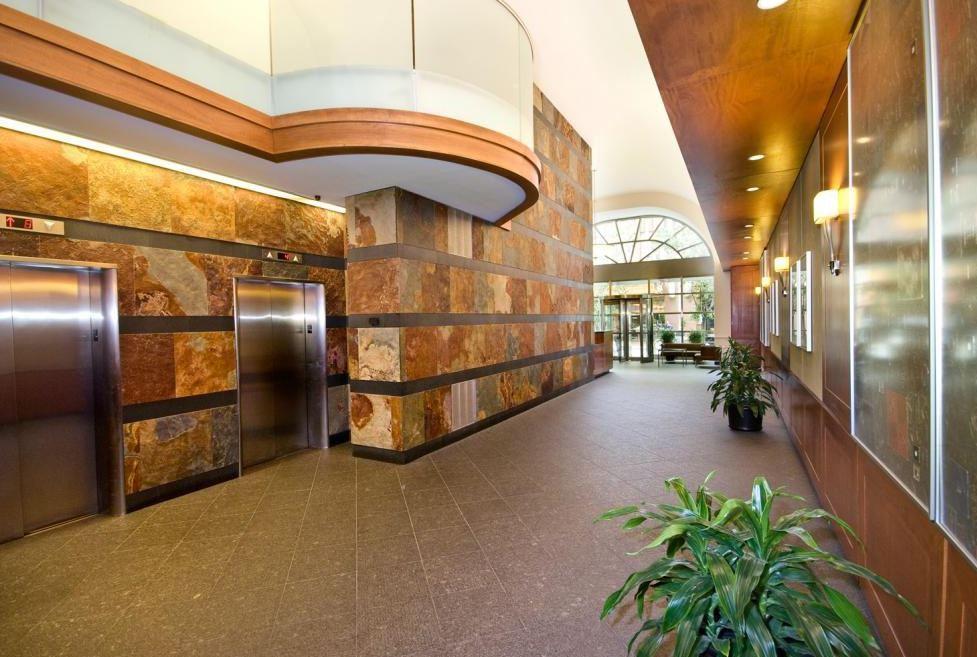The Upper East Side is a neighborhood in Manhattan, located between Central Park and the East River. It is one of Manhattan’s most famous neighborhoods, featuring rows of landmark townhouses.
It stretches from 59th Street north to near 96th Street.
The area is also the location of some of the most famous museums in the world. These museums are situated along Fifth Avenue, facing Central Park. This stretch of Fifth Avenue has come to be known as “Museum Mile.” Among the museums you’ll find here are the Metropolitan Museum of Art, the Guggenheim Museum, the Whitney Museum of American Art, The Asia Society, The Jewish Museum and the Goethe-Institute New York.
Living here, you can spend days wandering each of the museums, as well as the area’s restaurants and, of course, Central Park.
Whether you’re a Graduate student or family of six, your choice of residential opportunities are nearly unlimited. You can find Apartments for those on a tight budget, as well as penthouses with breathtaking views of Central Park.
And if you are a fan of long walks or like to start your day with a run, the East End Avenue boardwalk is the perfect place for you.
You can enjoy views of the East River, the famous downtown skyline and all of the bridges Manhattan is known for.
One of the major advantages of living on the Upper East Side is the fact that all necessities can be found right around the corner. Supermarkets, healthy food stores, kosher foods, banks, fitness centers and almost anything you can imagine is just a short walk away from your home.
Upper East Side History
Prior to the Park Avenue railroad cut was covered (finished in 1910), trendy New Yorkers shunned the smoky railroad trench upward Fourth Avenue (today Park Avenue), to construct fashionable mansions as well as townhouses over the large lots along Fifth Avenue, in front of Central Park, as well as on the surrounding side streets. The most recent arrivals were the wealthy Pittsburghers Andrew Carnegie and Henry Clay Frick. The traditional phase of Gilded Age Fifth Avenue as a extend of non-public mansions wasn't long-lasting: the very first apartment building to replace a personal estate on upper Fifth Avenue was 907 Fifth Avenue (1916), at 72nd Street, Upper East Side's great carriage access to Central Park.
The majority of associates of New York's upper-class families have made households on the Upper East Side, such as the oil-rich Rockefellers, political Roosevelts, political dynastic Kennedys, thoroughbred racing moneyed Whitneys, and tobacco and electric power fortuned Dukes.
Development of the 3rd Avenue El, exposed from 1878 in areas, as well as the 2nd Avenue El, opened in 1880, connected the Upper East Side's middle-class and skilled merchants closely towards the center of the city, and verified the humble nature of Upper East Side to their east. The ghostlike "Hamilton Square", which in fact had made an appearance as one of the few civilized interruptions of the grid plan on city maps since the Commissioners' Plan of 1811, was designed to span what had now end up being the Harlem Railroad right-of-way in between 66th and 69th Streets; it never materialized, though during the Panic and anxiety of 1857 its unleveled ground was the scene of the open-air mass meeting called in July to agitate for the secession of the city as well as neighboring areas from New York State, and the city separated its land area into house lots and sold them. Through the 1880s Yorkville, as it was recognized, prolonged east past Lexington Avenue and grew to become a suburb of middle-class Germans, many of whom worked in close by piano factories, stables, and breweries.
Gracie Mansion, the last remaining suburban villa looking over the East River, had become the residence of New York's mayor in 1942. The East River Drive, created by Robert Moses, was expanded southwards from the first area, from 125th Street to 92nd Street, which has been completed in 1934 as a Blvd., an arterial freeway operating at street level; renovation designs from 1948 to 1966 transformed FDR Drive, as it was renamed after Franklin Delano Roosevelt, into the total limited-access parkway which is being used these days.








